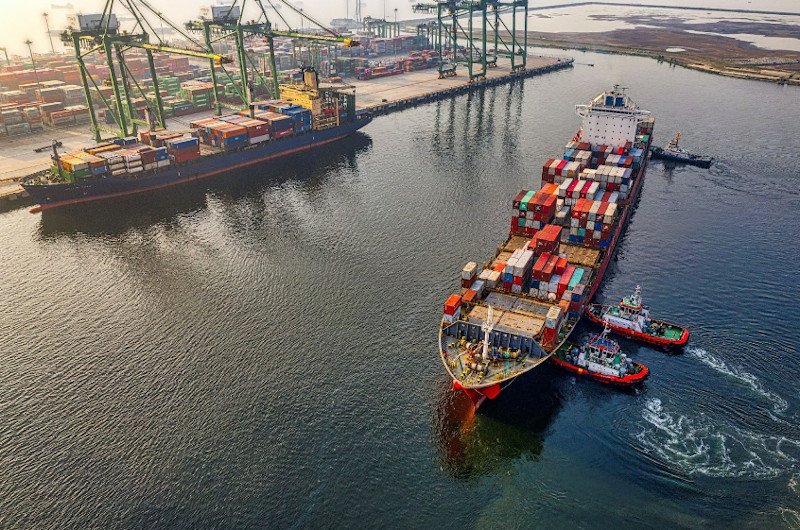USE CASES
Weather emergencies use case
The primary aim of this use case is to significantly enhance situational awareness, enabling civil protection agencies to make informed decisions based on ranked scenarios of future conditions that incorporate explicitly quantified uncertainties. The approach seeks to proactively mitigate disaster impacts. Validation of the use case is performed through reproducible test bed scenarios and demonstrated in four field trials. These efforts leverage advanced methodologies such as transparent AI, augmented reality, and visual analytics to ensure actionable insights are conveyed effectively and complex data is simplified for end-users.
Health crisis use case
The purpose of this use case is to integrate epidemiological models and multi-scale simulation frameworks with advanced large-scale machine learning techniques. This integrated analytical components will be designed to be generalizable and flexible, enabling support for complex decision-making processes. Key applications include developing optimized strategies for responding to health crises, improving resource allocation during outbreaks, and tailoring treatment plans for enhanced healthcare outcomes. Leveraging transparent AI and advanced forecasting tools to provide robust, scalable solutions adaptable across diverse health scenarios.
Maritime use case
The objective of this use case is to pioneer a comprehensive solution that integrates hardware and software to harness data from a vessel’s Voyage Data Recorder (VDR). This data will be seamlessly fused with global datasets to create accurate and reliable digital twins of vessels. This innovative approach will enable the development of advanced weather and emergency routing solutions, along with predictive route forecasting. Unlike conventional systems that operate on an on-demand, per-vessel basis, this solution will simultaneously manage routing for entire fleets. By leveraging big data analytics and AI-driven technologies, the platform aims to optimize fleet operations, improve safety, and enhance response strategies under varying maritime conditions.



